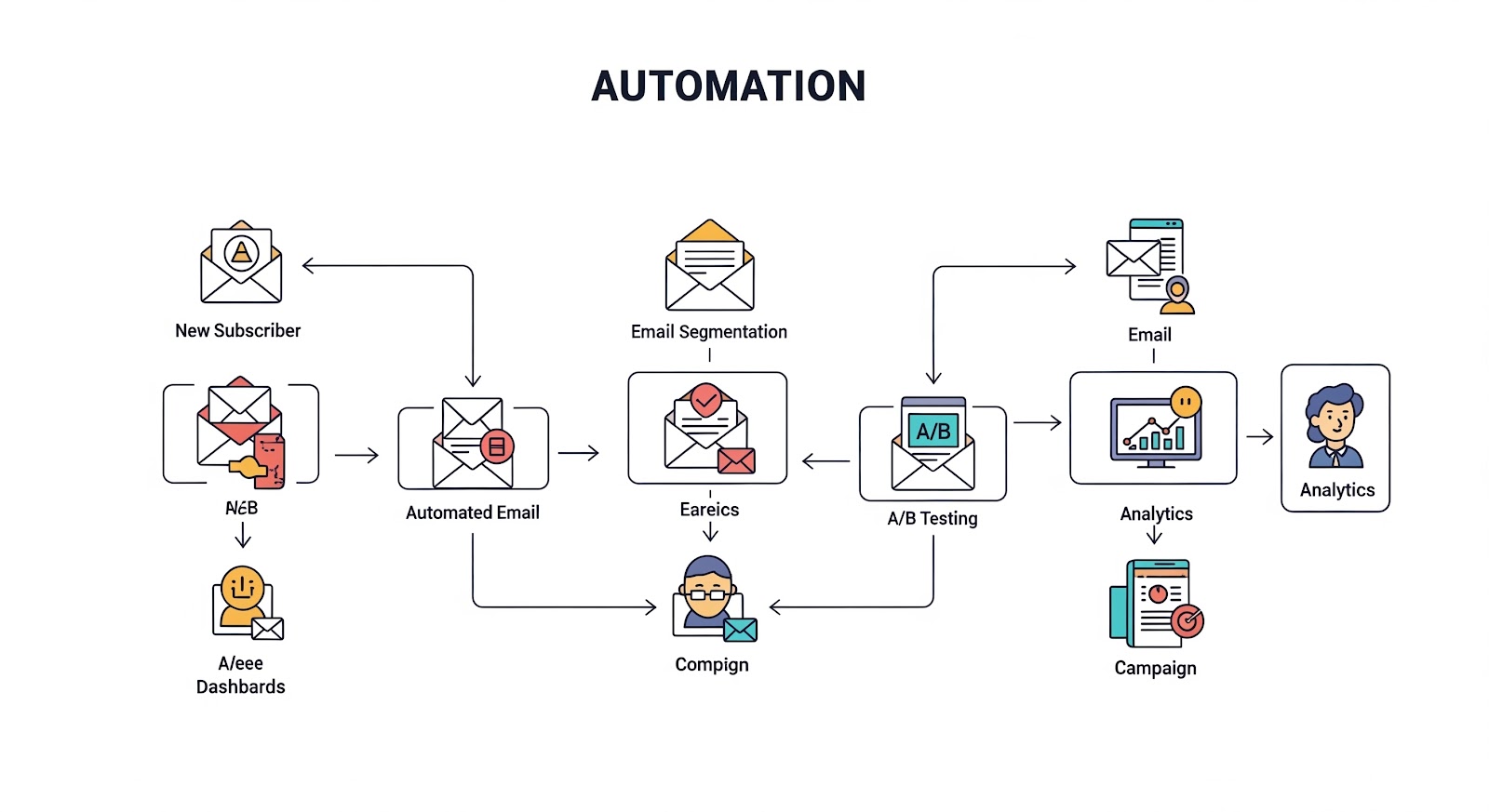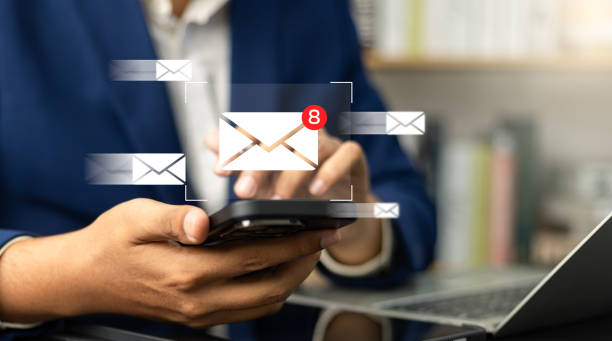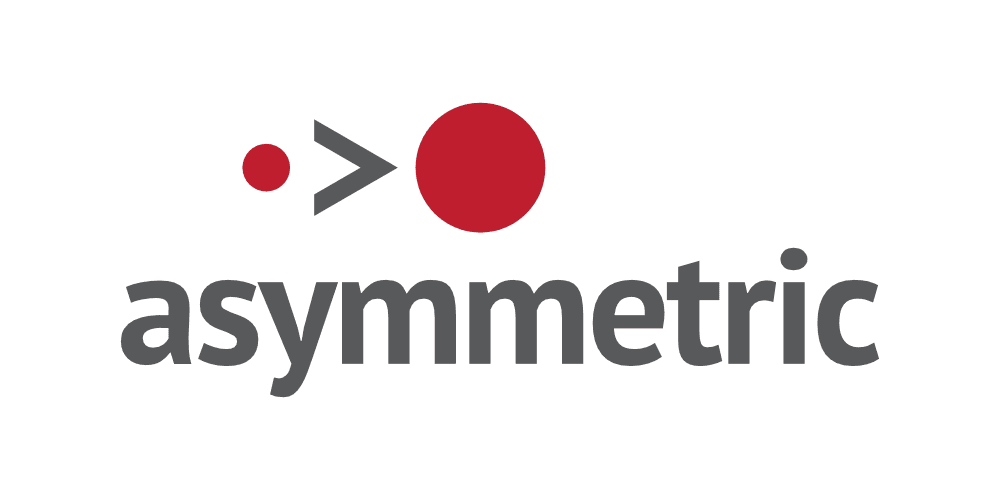In today’s crowded digital world, email list building is more than a growth tactic—it’s necessary. With the rising cost of ads and declining organic reach on social media platforms, savvy marketers are turning to email campaigns as a powerful tool for audience growth, deeper connections, and consistent revenue. If you want to grow your email list with people who are genuinely interested in your brand, this guide will walk you through the strategies that actually work.
Introduction to Email Marketing

Email marketing is a powerful tool for businesses to connect with their audience and promote their products or services. Unlike social media platforms, where algorithms can limit your reach, email marketing provides a direct line to your potential customers. You can build trust, establish relationships, and drive sales by sending targeted and personalized messages. In an era where social media channels are crowded and competitive, email marketing is a reliable way to reach your audience without the interference of ever-changing algorithms.
Understanding the Importance of Email Lists
An email list is a collection of email addresses gathered from website visitors, customers, or potential customers who have opted in to receive communications from your company. Having a high-quality email list is crucial for effective email marketing. It allows you to target your marketing efforts more precisely, increasing the chances of conversion. You can build your email list using various methods, including signup forms on your website, social media accounts, and dedicated landing pages. The key is collecting email addresses from genuinely interested individuals who will likely engage with your content and eventually become paying customers.
Why Email Still Reigns Supreme
While social media and other marketing channels help you reach a broad target audience, your email list is the only platform you truly own. It gives you direct access to potential customers, lets you avoid the spam folder (when done right), and creates a direct line to people who want your content, updates, and offers. Plus, well-crafted email marketing campaigns consistently outperform other marketing efforts regarding ROI, conversion, and engaging customers.
Start with the Right Strategy
Successful email marketing begins with a solid marketing strategy that integrates well with your overall marketing strategy. Think of your subscriber list not just as a vanity metric, but as a group of engaged subscribers eager to receive valuable content. Identify your target audience, understand what they care about, and develop content marketing and offers that meet their needs.
You don’t need millions of social media followers to get started. You need a well-defined marketing strategy, the right tools, and consistency.
Offer a Lead Magnet People Can’t Ignore

You'll need a compelling lead magnet to build a list of high-quality contacts. Consider turning a popular blog post into a lead magnet to attract more subscribers. This could be a free ebook, exclusive content, a discount code, or early access to a new product. The more relevant and specific your lead magnet, the better your conversion rates will be.
Let’s say you sell fitness gear—offering a free ebook on home workouts is an excellent example of an irresistible lead magnet for your exact audience. Pair it with pop-up or embedded forms strategically placed on your landing pages, and you’ll start collecting email addresses quickly.
Use Strategic Placement of Signup Forms
Don’t rely on a single opt-in form buried in your footer. Use opt-in forms across your website, including pop-up forms, embedded forms, and banners on high-traffic landing pages. These can be triggered based on scroll behavior, time on page, or exit intent, maximizing your ability to collect email signups from website visitors.
For best results, use a double opt-in process. This not only ensures your subscribers are truly interested but also reduces spam complaints and keeps your list clean.
Leverage Social Media to Fuel Growth

Your social media and existing channels are goldmines for reaching new email subscribers. Promote your lead magnet, tease your exclusive content, and invite your current audience to join your list. Use compelling CTAs like “Get your free guide” or “Unlock early access” to encourage people to click.
Cross-promote across multiple channels, and don’t forget to include signup forms on your social media platforms’ bios or Linktree-style landing pages.
Optimize with Pop Ups and Landing Pages
Pop-up forms may be controversial, but when used well, they’re extremely effective. To maximize engagement, ensure that your pop-ups and landing pages are optimized for mobile devices. Create pop-ups that are timely, non-intrusive, and value-driven. Combine that with targeted landing pages designed solely to convert new subscribers, and you’ll see your list grow steadily.
Use tools that integrate seamlessly with your website builder to A/B test form designs, opt-in language, and placement. Sometimes, a small tweak to a sign-up form—like adding social proof or tweaking the CTA—makes all the difference.
Using Webinars and Events
Webinars and events are excellent ways to collect email addresses and build your email list. By hosting webinars or events, you can provide valuable content to your target audience and encourage them to opt in for more information. Webinars are particularly effective for educating customers, establishing authority, and building trust. Events, whether online or offline, offer opportunities to collect contact information and follow up with attendees. Incorporating webinars and events into your marketing strategy can help you reach a wider audience and significantly grow your email list.
Segmenting Your Email List
Segmenting your email list involves dividing it into smaller groups based on demographics, purchase history, or other characteristics. This allows you to send targeted and personalized emails to each group, increasing the chances of conversion. Segmenting your email list also helps identify inactive subscribers, allowing you to remove them and improve the overall quality of your list. Using CRM tools and marketing automation, you can easily segment your email list and create targeted marketing campaigns that resonate with each specific group.
Re-Engage Inactive Subscribers
Not everyone on your list will stay active forever, so it’s essential to re-engage existing subscribers with tailored email marketing campaigns. To do this, segment inactive subscribers and re-engage them with a tailored email marketing campaign. Try offering exclusive discounts, highlighting existing content, or asking them what kind of relevant content they’d prefer.
If subscribers remain inactive, consider removing them after a re-engagement attempt. Keeping a healthy, engaged subscriber base is more valuable than padding your numbers.
Use Automation to Scale and Save Time

With marketing automation, you can send targeted messages based on purchase history, behaviors, or preferences. Tools like welcome sequences, cart abandonment emails, and re-engagement campaigns help you generate leads, convert potential customers into paying customers, and build trust over time—all on autopilot, leveraging the experiences of existing customers.
Don’t forget to include your email signups in every touchpoint, from your email signature to your referral program or loyalty program. These little efforts add up fast.
Measuring Email List Success

Measuring the success of your email list is crucial for understanding its effectiveness and making necessary improvements. Track key metrics such as open rates, click-through rates, conversion rates, and spam complaints to gauge your email list’s performance. Analyzing these metrics will help you identify areas for improvement and make data-driven decisions to optimize your email marketing campaigns. Using analytics tools to track these metrics can refine your marketing strategy and increase your email marketing efforts' return on investment (ROI).
Keep Nurturing and Delivering Value
Once someone subscribes, your job is just beginning. Building customer trust is crucial, and providing exclusive content and valuable resources can help establish and maintain that trust. Provide exclusive content, share useful resources, and be consistent in your content creation. Whether running marketing campaigns, offering exclusive discounts, or sharing updates, ensure your emails always provide something your readers care about.
Stay on top of your performance metrics, including open and click-through rates. Use tools like Google Analytics to understand what’s working, and continuously optimize your email marketing strategy based on data.
Final Thoughts

Email list building is more than a tactic—it’s a long-term marketing strategy that connects you directly to the people who matter most. Here are a few tips to remember as you build and nurture your email list. When you create irresistible opt-in forms, use strategic landing pages, and promote across social media, you’ll not only capture email addresses but also build lasting relationships with loyal customers.
No matter what you sell or share, building a list of engaged subscribers means you’re creating a powerful tool for ongoing communication, trust, and business growth. Start small, stay consistent, and remember: your email list is your most valuable digital asset.

Frequently Asked Questions About Email List Building
What is an Email List and Why is it Important?
An email list is a collection of email addresses from individuals who have opted in to receive communications from your business. It's crucial because it provides a direct, owned marketing channel that allows you to communicate with your audience without relying on social media algorithms or paid advertising. Unlike other platforms, an email list gives you complete control over your marketing communications and can be a powerful tool for building relationships, driving sales, and nurturing customer loyalty.
How Can I Start Building My Email List from Scratch?
Begin by creating a compelling lead magnet—a valuable free resource that entices people to subscribe. This could be an ebook, a discount code, exclusive content, or a useful guide relevant to your target audience. Then, strategically place signup forms across your website, including pop-ups, landing pages, and embedded forms. Leverage social media to promote your lead magnet and use a double opt-in process to ensure you're collecting high-quality, interested subscribers.
How Often Should I Send Emails to My Subscribers?
The ideal email frequency depends on your business and audience, but most experts recommend sending emails 1-4 times per month. The key is consistency and value. Don't email just to email—each communication should provide meaningful content or offers. Use marketing automation to create a balanced approach, including welcome sequences, nurture campaigns, and targeted communications based on subscriber behavior.
What Makes a Good Lead Magnet?
A great lead magnet is:
- Highly relevant to your target audience
- Solves a specific problem
- Easily consumable
- Demonstrates your expertise
- Provides immediate value
- Specific to your ideal customer's needs
For example, a fitness gear company might offer a free home workout guide, while a marketing agency could provide a downloadable marketing strategy template.
How Do I Prevent My Emails from Going to Spam?
To avoid spam folders:
- Use a reputable email service provider
- Always use double opt-in
- Send from a consistent, recognizable email address
- Maintain a clean email list by removing inactive subscribers
- Provide clear unsubscribe options
- Create engaging, valuable content
- Avoid spam trigger words in your subject lines
- Authenticate your domain
Should I Buy an Email List?
No, absolutely not. Buying email lists is ineffective and can be harmful to your marketing efforts. Purchased lists:
- Contain uninterested subscribers
- Often violates email marketing regulations
- Can get your emails marked as spam
- Damage your sender's reputation
- Provide low-quality, unengaged contacts
Focus on organic list building through valuable content and strategic opt-in methods.
How Can I Improve My Email Open Rates?
To improve open rates:
- Write compelling, curiosity-driven subject lines
- Segment your list for more targeted content
- Personalize your emails
- Send at optimal times
- Consistently provide value
- A/B test your email elements
- Clean your list regularly
- Ensure your sender name is recognizable

Ready to Revolutionize Your Email Marketing?
Transform your digital communication strategy with targeted, effective email list building. Whether you aim to increase engagement, drive sales, or build lasting customer relationships, our expert team at Asymmetric Marketing is here to guide you.
Get Started Today:
📅Schedule a Consultation: Explore tailored email marketing strategies for your business. Book Now
📚Learn More: Discover advanced email list-building techniques. Explore More
Take the next step towards meaningful digital connections. Let's amplify your marketing potential together!
Mark Hope
Partner, Asymmetric Marketing
📧 mark.hope@asymmetric.pro
📞 (608) 410-4450
About the author
Mark A. Hope is the co-founder and Partner at Asymmetric Marketing, an innovative agency dedicated to creating high-performance sales and marketing systems, campaigns, processes, and strategies tailored for small businesses. With extensive experience spanning various industries, Asymmetric Marketing excels in delivering customized solutions that drive growth and success. If you’re looking to implement the strategies discussed in this article or need expert guidance on enhancing your marketing efforts, Mark is here to help. Contact him at 608-410-4450 or via email at mark.hope@asymmetric.pro.

